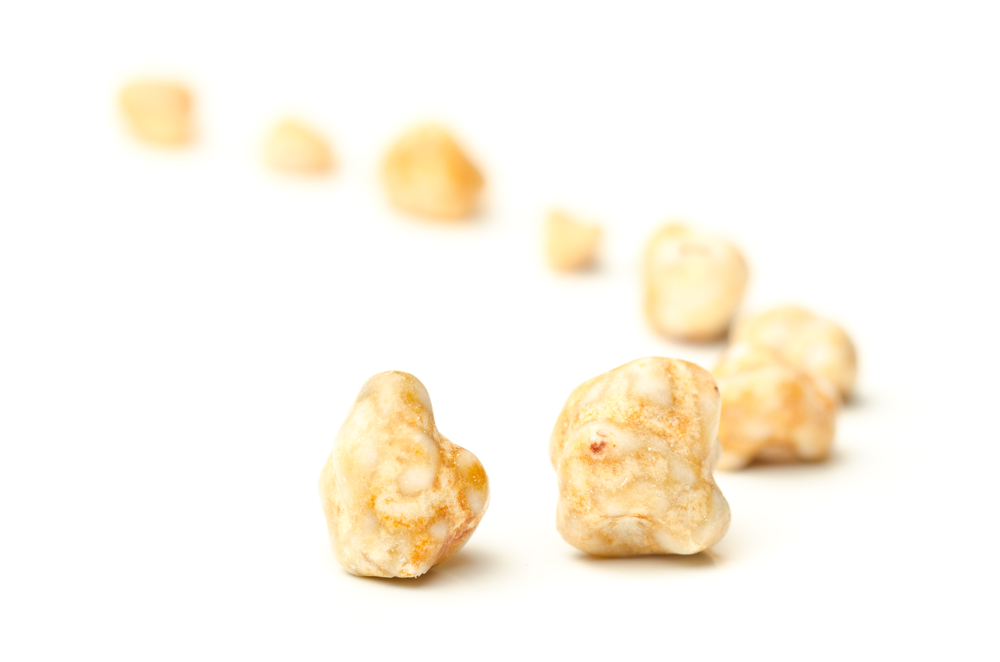What you need to know about a Gallstones Treatment Procedure
Contents
- 1 What you need to know about a Gallstones Treatment Procedure
- 2 What Does the Procedure Involve?
- 3 How Long Should You Stay in the Area?
- 4 How Long is the Recovery Time?
- 5 What Aftercare Should You Consider?
- 6 What is the Success Rate for Gallstones Treatment Procedure?
- 7 Are there Alternatives to Gallstones Treatment Procedure?
- 8 What Should You Expect Before and After the Procedure?
Gallstones are pieces of solid materials that form in the gallbladder and when they block a bile duct and cause pain, you will need to get treatment right away. The treatment option for gallstones depends on how the symptoms are affecting your daily life, which includes laparoscopic surgery, open surgery, and endoscopic retrograde cholangiopancreatography (ERCP).
What Does the Procedure Involve?
If you choose to undergo laparoscopic surgery (known as laparoscopic cholecystectomy), your surgeon will make small incisions in your abdomen to insert a laparoscope and special surgical instruments, which will be used to remove your gallbladder. With open surgery, your doctor will make a single large incision on your abdomen and the gallbladder is removed manually. If you undergo endoscopic retrograde cholangiopancreatography (ERCP), your surgeon will only remove gallstones from the bile duct without touching the gallbladder. All of these surgeries are performed under local or general anesthetic.

How Long Should You Stay in the Area?
The length of stay in the local area depends on which procedure you undergo. In general, you may need to stay for 7 to 14 days after surgery. During your stay, you will have to attend follow-up checkups and your surgeon may remove the stitches if they did not use dissolving stitches.
How Long is the Recovery Time?
The type of procedure you undergo determines the recovery period. while you may be able to get back to your normal routine within 10 days after laparoscopic surgery, you may need to wait around 6 weeks to fully recover from open surgery. If you undergo ERCP, you should be able to go back to work after several days.
What Aftercare Should You Consider?
A healthy and balanced diet is very important to stop gallstones from growing again. Your surgeon will give you instructions regarding dietary restrictions and exercises you need to perform in order to stay healthy after the treatment.
What is the Success Rate for Gallstones Treatment Procedure?
Gallstones treatment is known to be highly effective and successful, with about 90% of people have successful treatment. However, there are some risks and side effects to be aware of and the risks include infection, damage to the bile duct, bleeding, blood clots, and abdominal pain.
Are there Alternatives to Gallstones Treatment Procedure?
If surgery is not an option for you, medication to dissolve gallstones can be the alternative. However, it may take months or years of treatment to treat gallstones using medication. Also, the gallstones may form again if you stop taking the medication.
What Should You Expect Before and After the Procedure?
After the procedure, you will no longer experience the same symptoms you felt before the procedure and the risk of complication is decreased.
For an in-depth analysis of a Gallstones Treatment Procedure, watch this short video.
To check prices or to book a Gallstones Treatment Procedure in Thailand or anywhere else in the world, head on over to MyMediTravel now!

